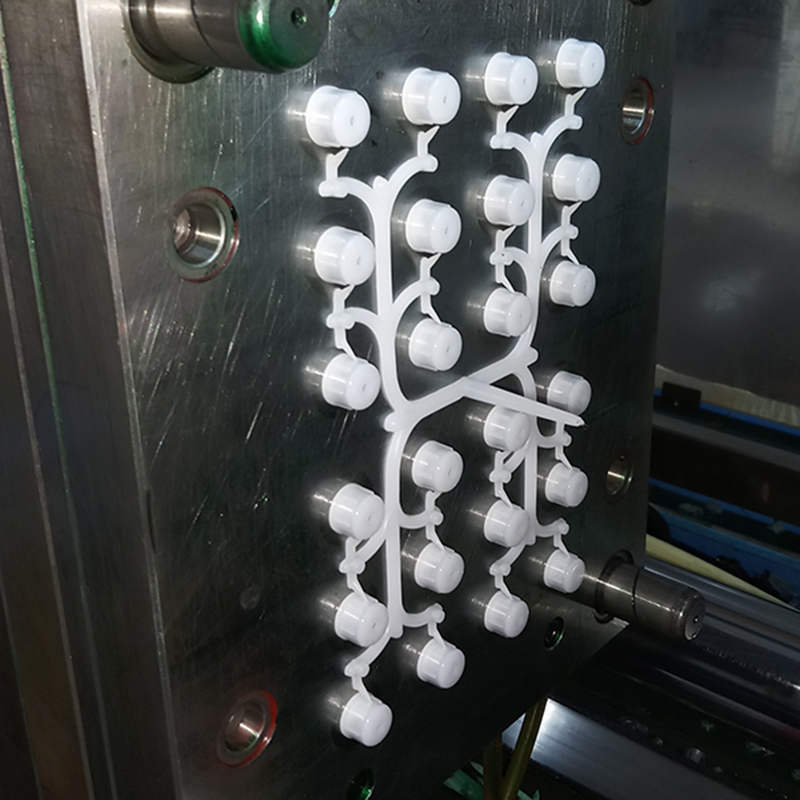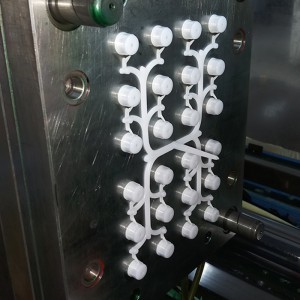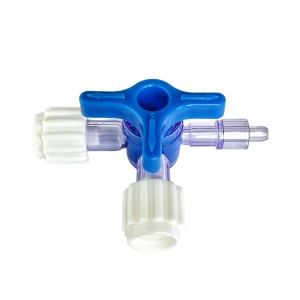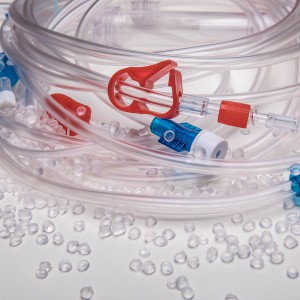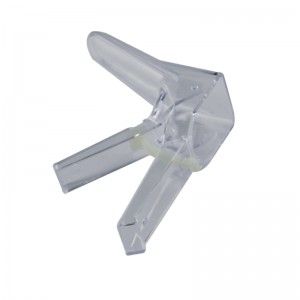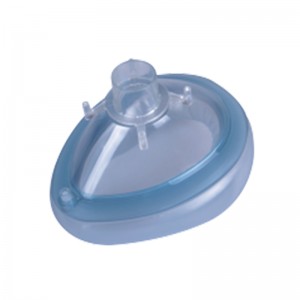Hemodialysis is a medical procedure that helps remove waste products and excess fluids from the blood when the kidneys are not functioning properly. It involves the use of a machine called a dialyzer, which acts as an artificial kidney.During hemodialysis, a patient's blood is pumped out of their body and into the dialyzer. Inside the dialyzer, the blood flows through thin fibers that are surrounded by a special dialysis solution known as dialysate. The dialysate helps filter out waste products, such as urea and creatinine, from the blood. It also helps maintain the balance of electrolytes, such as sodium and potassium, in the body.To perform hemodialysis, a patient typically needs access to their blood vessels. This can be done through a surgically created connection between an artery and a vein, called an arteriovenous fistula or graft. Alternatively, a catheter may be temporarily placed into a large vein, typically in the neck or groin.Hemodialysis sessions can take several hours and are usually performed three times a week at a dialysis center or hospital. During the procedure, the patient is monitored closely to ensure that their blood pressure, heart rate, and other vital signs remain stable.Hemodialysis is a vital treatment option for individuals with end-stage renal disease (ESRD) or severe kidney failure. It helps maintain fluid and electrolyte balance, control blood pressure, and remove waste products from the body. However, it is important to note that hemodialysis is not a cure for kidney disease but rather a way to manage its symptoms and improve quality of life.













